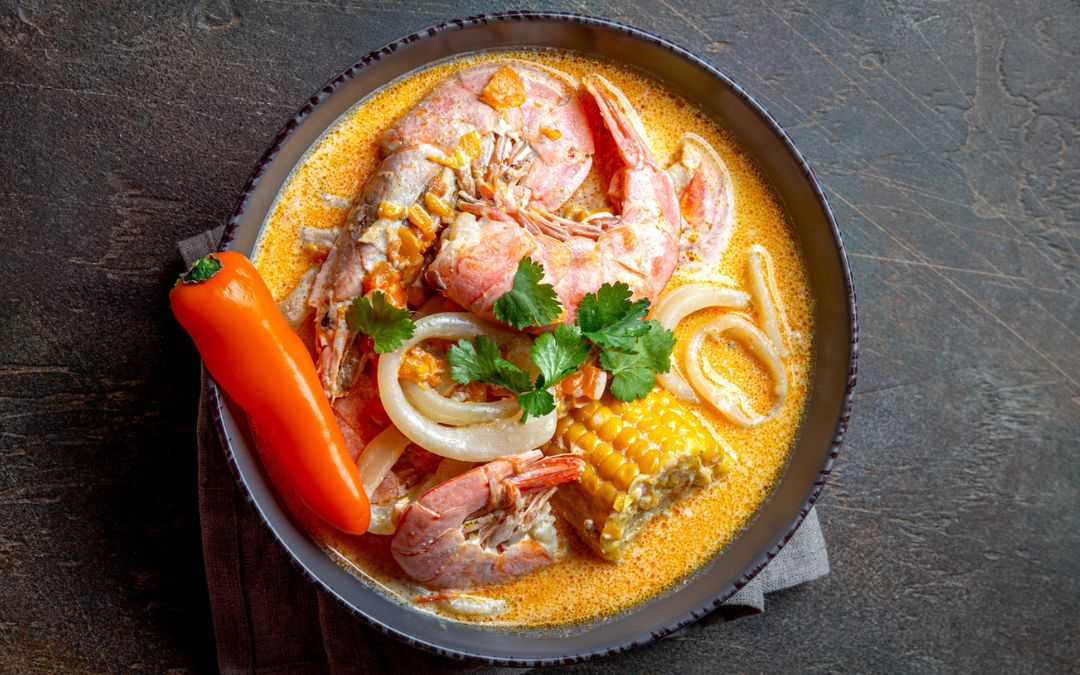
Differences between Latin food and Mexican food
Ever since the term “foodie” entered the western lexicon in the mid-1990s, more and more Americans have been exploring the culinary world around them. Many millennials, for example, dine out three times a week or more. A full third of Americans will go to at least one casual dining restaurant weekly. And two-thirds of all Americans made at least one specialty food purchase in 2017. And no culinary culture is drawing more curiosity than Latin. From the best Latin restaurants to taco stands and even home cooking recipes both authentic and Anglicized, Latin food, Latin restaurants, and every nuance related to them are getting their long moment in the spotlight.
Can we articulate the difference between Latin cuisine and Mexican cuisine? There are some meaningful differences, and knowing them can be the difference between being simply a “foodie,” and being a true Latin gastronome, epicure, gourmand, connoisseur, or any of the other sumptuous sobriquets that predate “foodie.” Read on for some distinct differences between Latin cuisine and Mexican cuisine.
What is Latin food?
The best Latin American cuisine is vastly diverse. It’s even more diverse if you include its close culinary cousin, Spain. This style of food ranges from mountains to seafood-rich coasts and beyond. From rural regions still dedicated to ancient food traditions to urban areas famous for fabulous street food, Latin food is as different from one place to another as the food of any other broad-reaching culture. There are a few things that bind all of the cuisines together: corn-based dishes, inventive sauces such as sofrito, and a number of common spices are some characteristics of Latin foods – the elements of which you are most likely to find represented by Latin restaurants. But even these are not shared by all of the cuisines of Latin America. And this description doesn’t take into consideration the distinct influence of Spanish cuisine on Latin food.
What is Mexican food?
Many foods from Latin America and Spain share commonalities with Mexican food. As with any country or region, Mexico’s agriculture has had the greatest influence on its cuisine. Crops such as tomatoes and maize find their way into many Mexican favorites, and are staples of most households, as they are in most Latin restaurants. Other crops, such as beans, are not as prevalent in either the agriculture or the food of other Latin American countries. And other Latin American cuisines bear much more European influence than Mexico does. Spain and especially Portugal have left their mark on South American cuisine in ways that have not impacted Mexico. Think churrasco or caldo, for example. And Central American foods feature their more commonly farmed goods: yucca, palm flower, and plantains. While these will appear on Mexican menus and in Latin restaurants of all kinds, they are much more common in Central American food than in Mexican food.
Bound by strong flavors
What all Latin foods have in common, however, from Mexican street food to upscale Latin restaurants, are strong, bold flavors. Cilantro, oregano, cumin, chiles: these are not elements easily overlooked or lost in any dish. And, of course, they all have in common their raging popularity. If this article has made you very hungry — check out Talavera Cocina Mexicana, one of the best Latin restaurants in Miami. Happy eating!
